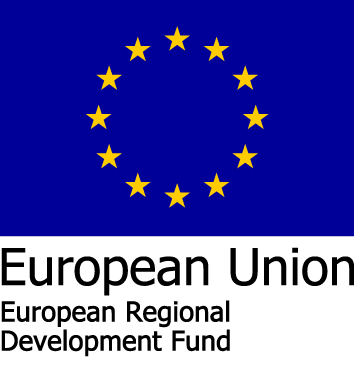Efficient utilization of hemicellulose in biorefining
HeTeBio

Project information
Project duration
-
Funded by
European Structural and Investment Funds - European Regional Development Fund (ERDF)
Project funder
Project coordinator
University of Oulu
Unit and faculty
Contact information
Contact person
Project description
The goal of the project is to intensify the utilization of wood biomass. At the moment only the cellulose fraction of the wood is utilized effectively. It means that significant share of the wood material either goes to waste or is utilized in low-valued way, such as by burning. In this project the focus is on biorefineries which are producing cellulose-based products and the idea is to increase the utilization of the hemicellulose streams, which are formed in those processes. There are multiple target applications for hemicellulose-based compounds in technochemical products, e.g. detergents and paints. Thus, the potential for the utilization is high.
In the project the research is focused on finding out the composition and exploitability of the forming hemicellulose streams either as they are or after valorization. The special attention is paid to the quality of the cellulose-based main product so that it remains high even the hemicellulose is removed for utilization. With the results achieved in the project bigger share of the biomass is going to be utilized effectively. This plays a vital role when evaluating the profitability of biorefineries especially when use of biomass is increasing in the future. It is also important from the point of view of preserving adequate carbon sinks, that the wood which is logged is utilized as effectively as possible.
The project is conducted in collaboration with South-Eastern Finland University of Applied Sciences (XAMK) Fiber laboratory.
Project actions
Project actions described in the Finnish page
Project results
Project results described in the Finnish page
Research groups




